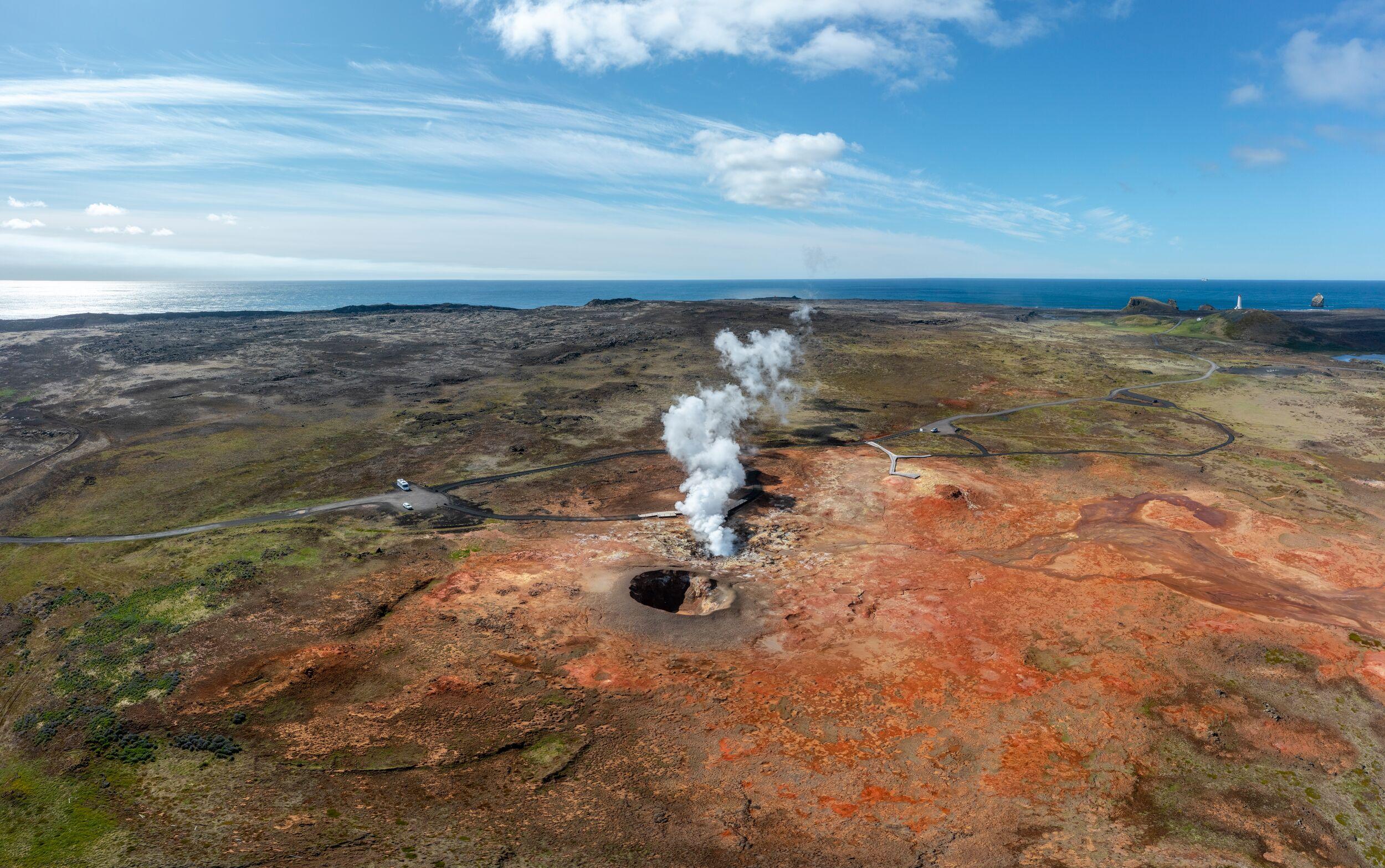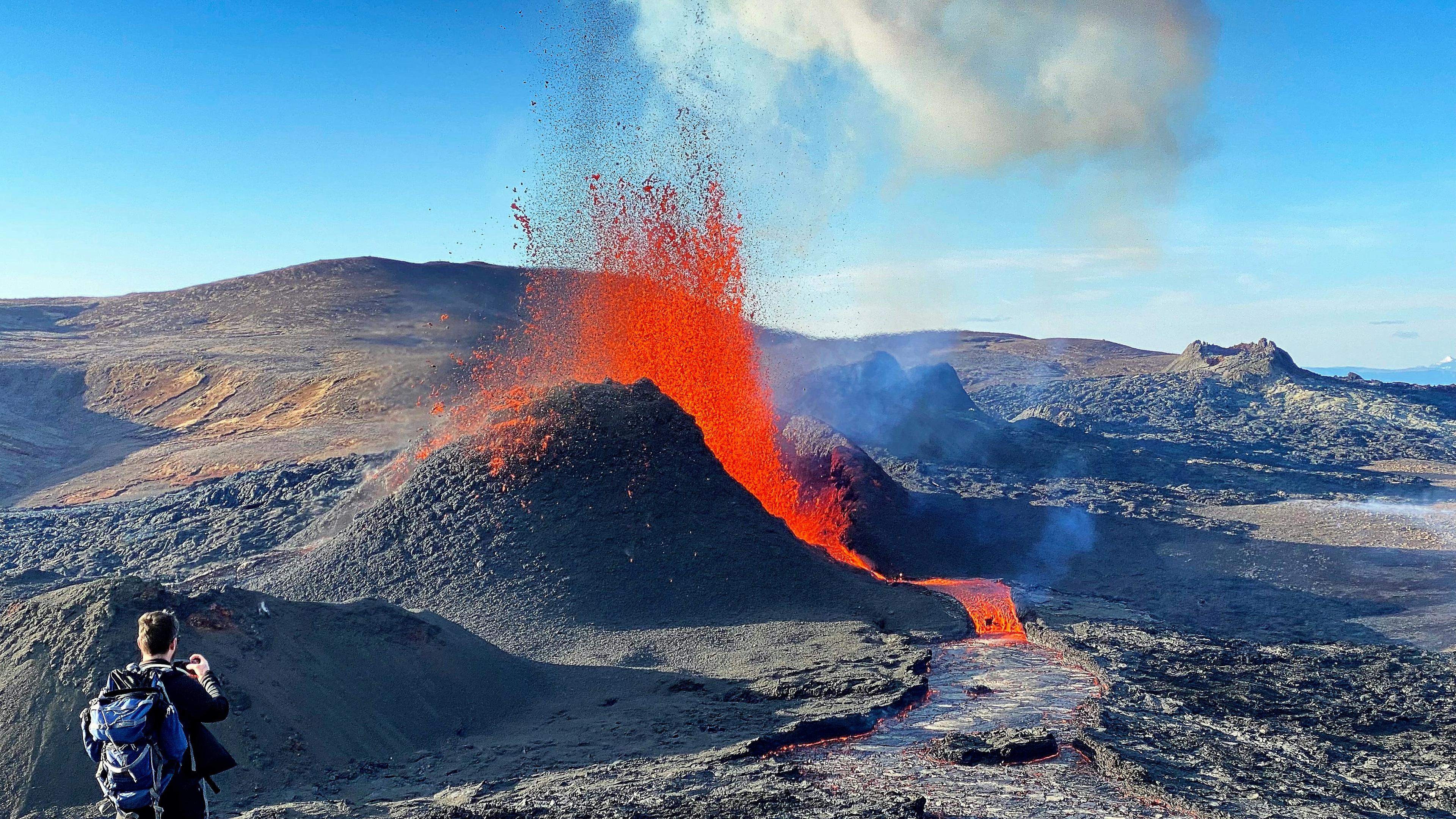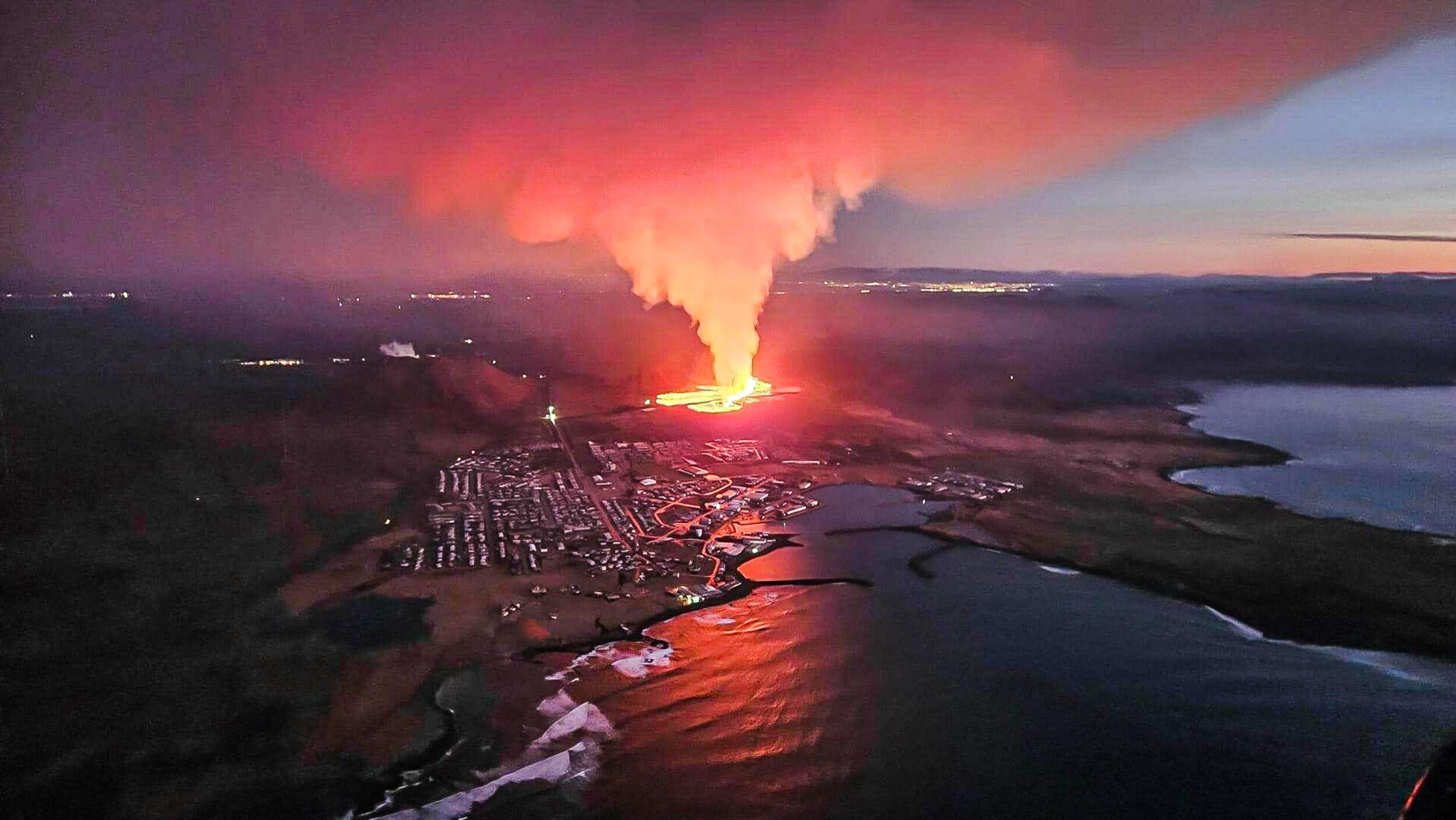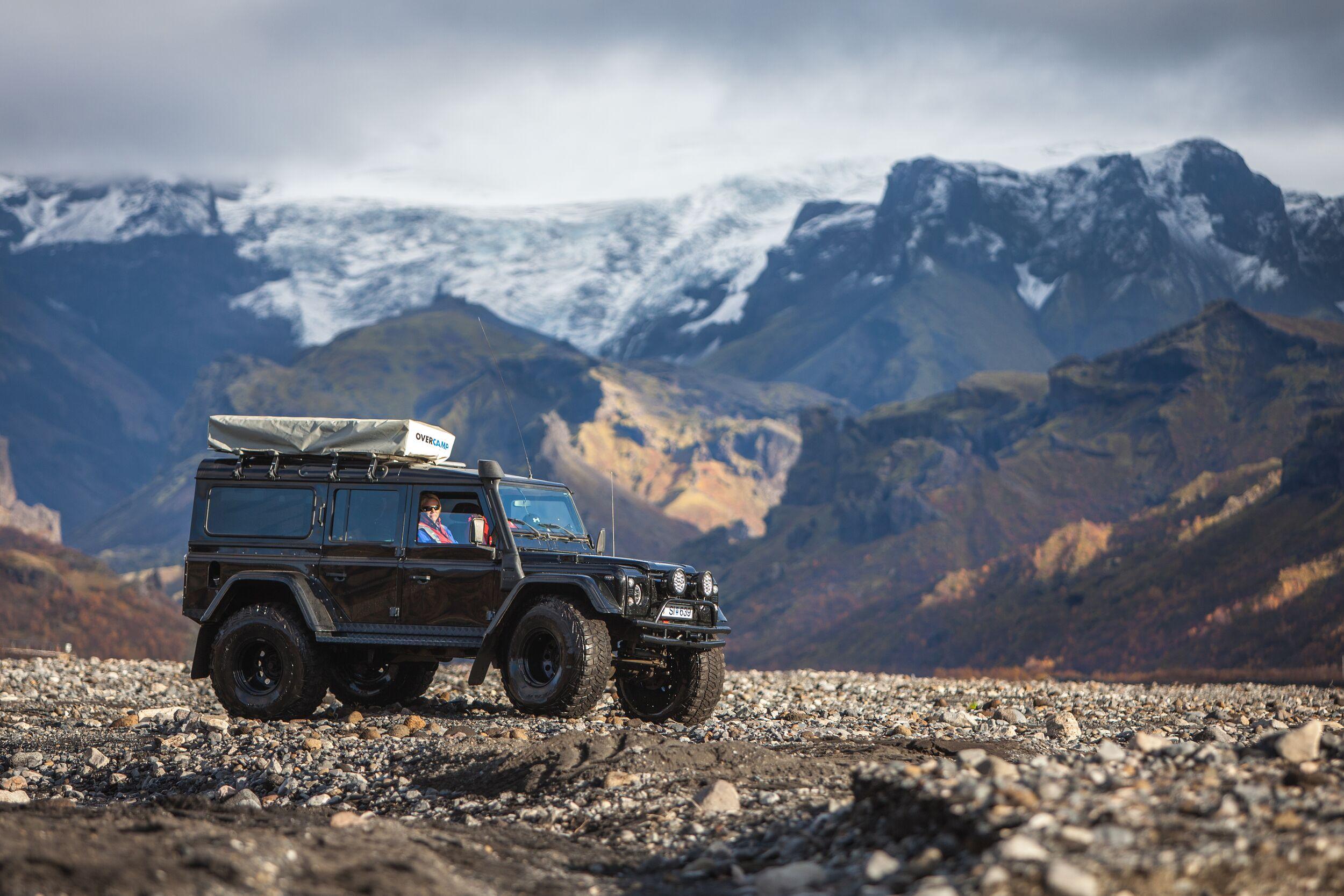Exploring Iceland’s Volcanic Caves and Lava Tubes
Iceland’s long volcanic history means there’s a wealth of caves and lava tubes waiting to be explored. We’ll take a look at the processes that created such landforms and uncover the unique geological formations within them. With practical advice on safety, gear and seasonal change, this article is a must-read for anyone intending to add such a visit to their Iceland holiday itinerary.
How are Volcanic Caves and Lava Tubes Formed?
The spaces we identify as volcanic caves and lava tubes form as a volcanic eruption progresses and wanes. As we watch lava fountains burst from a volcano’s craters and rivers of lava flow along its flanks, activity is also taking place out of sight. Molten magma flows beneath the surface through channels called dykes as the magma chamber steadily empties.
On the surface, the lava spreads out, filling valleys and overflowing smaller hills and peaks. As the top of these flows come into contact with the open air, they start to cool and solidify. But beneath the blackened crust that we see at ground level, lava flows continue. As the magma flow subsides, these tunnels empty. Sometimes the tops of them remain intact to form the roofs of a lava tube.
Underground, magma works its way through fissures in the rock known as dykes. As it does so, it too can partially solidify, creating a conduit through which the magma flows. When the eruption draws to a close, these conduits can eventually drain to become empty tubes. If, as is often the case, an eruption starts up again, you might also see layering which is evidence of multiple lava flows within the tubes.
During the process, volcanic gases can collect which keeps the pressure up against the tube’s roof, preventing a collapse. A process called oxidation can lead to intense heat within the tunnel or cavernous space. Where this happens, the temperature increases allowing some of the rock to melt again. When this occurs, you’ll find stalactites in the places where it has dripped from the ceiling.
Long after they’ve cooled, you can see from the patterns in the floor that you’re standing where an ancient river of lava once passed. Given that thousands of years have passed, the caves and tubes stabilise. However, in the past there may have been strong earthquakes and these might account for any rock falls you might encounter within the lava tube.
Where to Find a Lava Tube That You Can Visit
Iceland has a lot of lava tubes. The figure is thought to be in excess of 500 though no one knows exactly how many there are. Some of these landforms are situated within a short drive of Reykjavik, so they’re easy to slot into your travel plans.
Let’s start by taking a look at three unmissable destinations.
Raufarhólshellir
This lava tube is one of the longest in Iceland, measuring 1360 metres from end to end. Thanks to its proximity to Reykjavik, one of its most visited. Raufarhólshellir provides us with tangible evidence of an eruption that took place around 5200 years ago when Leitahraun burst into life.
Lava tube caves in Iceland are relatively common but this 30 metres wide and 10 metres high cave is unusual in that it’s closer to the surface than is often the case. In places, the roof has collapsed and it feels open to the elements. Water ingress has led to the formation of stalactites and stalagmites, while in winter, heaps of snow collect on the floor.
Visiting Raufarhólshellir requires no caving experience, though access is with a guide. Tours run all year round and children as young as three are invited to participate. It’s a fascinating excursion for anyone with even a passing interest in geology or keen to learn about Iceland’s incredible landscapes.
Víðgelmir
Víðgelmir is Iceland’s largest lava tube, situated on the Hallmundarhraun lava field. Formed during an eruption about 900AD, it is more than a kilometre and a half long. Unlike some, this cave is easy to access: it boasts a sturdy walkway and is well-lit, showing off the dazzling array of colours within the cave to great effect.
Víðgelmir lava cave is a popular stop Silver Circle tours, which circles packages up the highlights of West Iceland and includes visits to Langjökull, Deildartunguhver (Europe’s most powerful hot spring) and beautiful Hraunfossar – also known as Lava Falls because like Víðgelmir it’s also located on the Hallmundarhraun lava field.
Þríhnúkagígur
Of all Iceland’s volcanic caves, this is easily the most impressive. Þríhnúkagígur’s name translates to “three peaks crater”. Unusually, when the eruption finished 2000 years ago, the empty magma chamber didn’t collapse. Because of this, tourists can descend into the depths of this long-dormant volcano to inspect its magnificent cave. It’s the only place on the planet where it’s possible to descend into a magma chamber.
Visitors first need to hike for around 45 minutes across a striking lava field. Mostly, the walk is on a flattish trail, though the final 50 metres are a little steep. On arrival at the entrance to the lava chamber, you’ll be given a harness and a helmet to put on. Then, you’ll step into an open-sided lift for a seven minute descent, 213 metres down into the bowels of the earth.
At the bottom, you’ll have about 30 minutes inside the volcano, which is enough time to walk around and take a closer look at the minerals that show up as red, yellow and green colouration on the walls of this vast space. It’s so big, in fact, that you could even fit Hallgrímskirkja inside and have room to spare. Tours run from early May until the end of October.
Inside the Volcano

Practical Advice for Travellers Visiting Iceland’s Volcanic Caves and Lava Tubes
Booking a guided tour to visit a lava tunnel in Iceland means you can take advantage of expert local knowledge and be confident that under their watchful eye your safety is as much a priority as your enjoyment. Reputable operators will ensure that you have all the correct gear and that full instruction is given before anyone enters the cave or lava tube. Let’s take a closer look at what that’s like in practice.
Safety
No activity is without its risks, but some environments are a little more hazardous than others. Visiting a volcanic cave or lava tube is not a walk in the park and certain safety considerations must be taken into account before and during your visit. This isn’t the kind of place you should explore alone, particularly if you’re inexperienced.
It’s highly unlikely you’ll have any mobile phone reception as you’ll be below ground, so don’t expect to rely on it to call for help – remain with your guide and tour group at all times. In Iceland caves and tubes may also have icy floors, particularly near the entrance, but your tour operator will issue crampons if that’s the case.
Remain aware of your surroundings and don’t blindly follow your guide or others in your party without making sure it’s safe for you to proceed too. It’s vital that you don’t grip or bump into the fragile rock formations on cave and tube walls and ceilings as these break off easily. Icelandic law protects these delicate environments and any damage, accidental or otherwise, is taken extremely seriously.
We strongly advise against visiting any cave without a skilled local guide and proper safety equipment. Many of these caves are situated on private land with access limited to authorized guided tours.
What to wear
If you’ve been considering a visit to an Iceland cave or lava tube, you’ve probably been wondering what you need to do to prepare for the activity. Firstly, you’ll need to take account of the temperature within the cave, which is typically about 0-4°C all year round. That means you’ll need to dress warmly – don’t forget your gloves.
Just as you would for a hike above ground, begin with thermal base layers and add other clothing on top, preferably bearing in mind you want something that will wick away sweat. A waterproof coat and hat are also a good idea as water often drips down through caves. Sturdy hiking boots with a thick tread and ankle support are essential too. Make sure they’re properly worn in and wear suitable socks so you’re untroubled by blisters.
Required gear
You don’t have to be a world-class speleologist to be able to visit a lava tube cave or lava tunnel in Iceland. When choosing which tour to book, take a look at the small print as this should indicate the level of fitness required. But many are large enough to have been fitted out with staircases and walkways, so it’s unlikely you’re going to be issued with ropes and harnesses. Most tours are family-friendly and suitable for anyone with reasonable mobility.
On guided tours, we’ll make sure you are also kitted out with a helmet. Sometimes, rocks can become dislodged; these loose rocks aren’t something you want to be underneath if they fall. Keep the helmet on at all times for your own protection. Another item that’s important is a flashlight – usually a head torch is handy as it means you can keep both hands free.
If you’re keen to explore the fascinating world of Iceland’s volcanic caves and lava tubes, why not take a look at one of our volcano tours?
Find Your Volcano and Lava Cave Tour
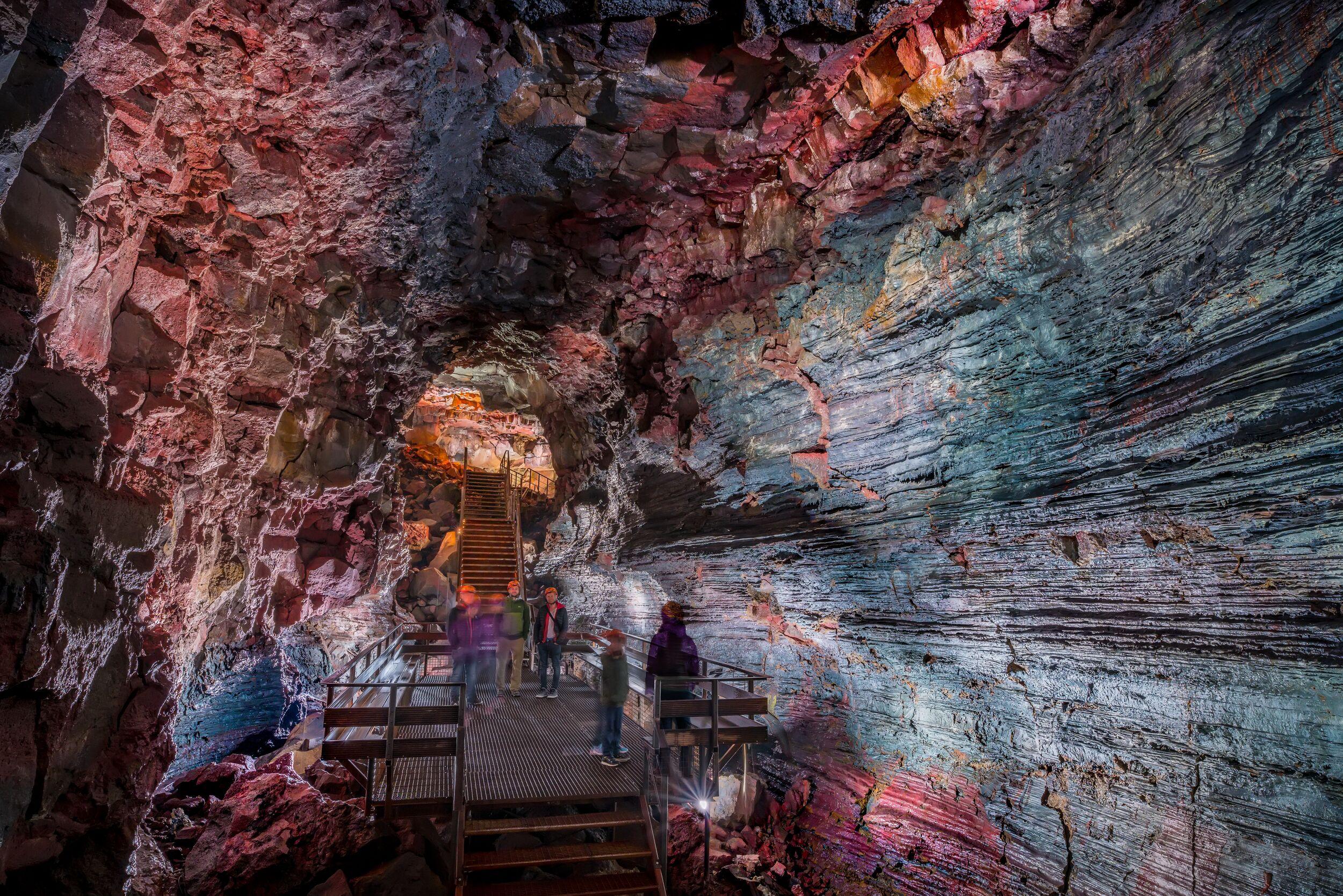
The Lava Tunnel
Delve deep underground on this adventurous lava tunnel tour, just 30 minutes from Reykjavík. Raufarhólshellir is an ideal tour for geology buffs and adventure-seekers. You will see the inner workings of a volcanic eruption while walking in the path of lava that flowed thousands of years ago. This is an easy, guided tour with no caving experience required
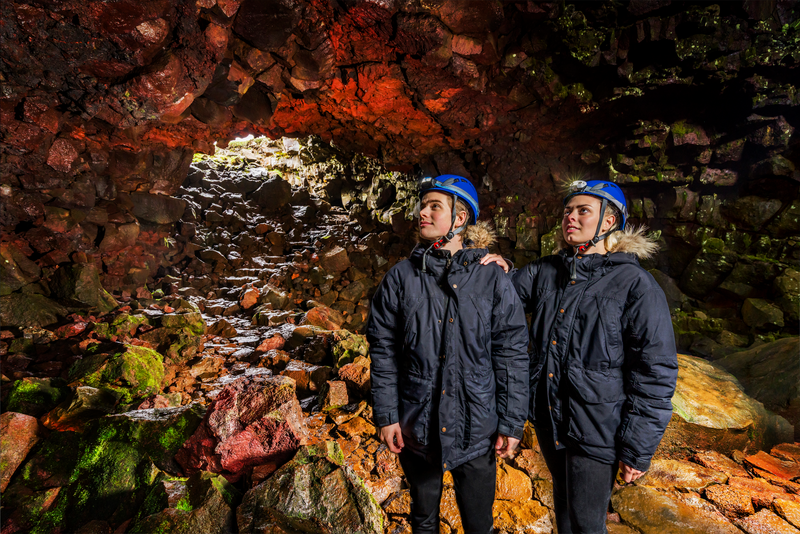
Golden Circle & Lava Tunnel - Combo Deal
Nature, culture, and history prevail in this combination tour, which takes you to the sites of the Golden Circle and inside the Lava Tunnel Raufarhólshellir cave. Experience a new world of Iceland's natural wonders -- Gullfoss waterfall, the Geysir geothermal region, Þingvellir National Park and the raw beauty of a lava tunnel. This is an easy, guided tour with no caving experience required.

Volcanic Wonders with Grindavik Visit
Once a bustling fishing village, Grindavík now serves as a stark reminder of nature’s relentless power. After a recent volcanic eruption forced the evacuation of its residents, much of the town remains uninhabitable, its landscape forever marked by the destructive forces of the earth.
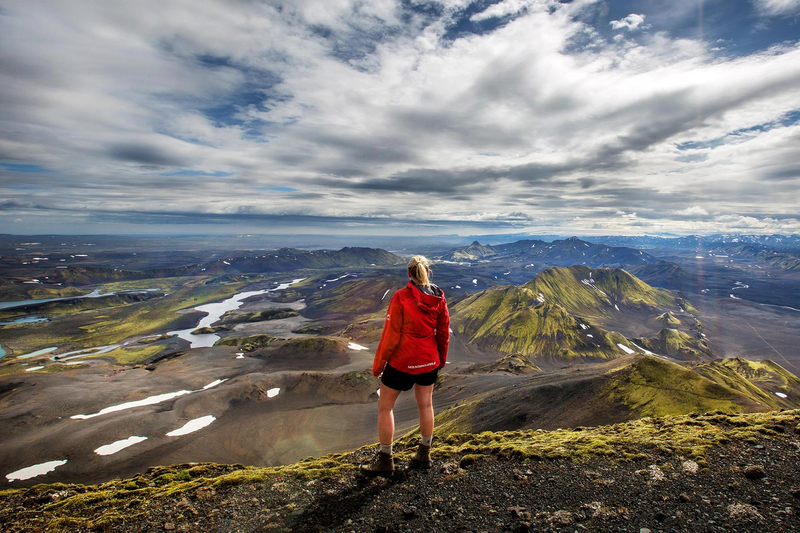
The Volcanic Trails
Unveil Iceland's wild beauty on a 5-day trek through Vatnajökull National Park. Traverse moss, waterfalls, canyons, and deserts. An untamed Icelandic odyssey.

Eyjafjallajökull Summit Hike
Hike to the summit of Eyjafjallajökull Volcano—a thrilling day hike for experienced hikers seeking a manageable challenge. Traverse rugged terrain and enjoy breathtaking views of the Highlands, Mýrdalsjökull, and Vestmannaeyjar Islands.
Questions and Answers about Volcano and Lava Cave Tours in Iceland
There are two important things to bear in mind when dressing for an Iceland volcano tour.
Firstly, Iceland has notoriously volatile weather and on a volcano tour you’re going to be spending your time outside. That means that a waterproof jacket and warm layers are a must.
Then, if you’re walking on volcanoes in Iceland, you’ll need to have sensible shoes. That means shoes that are durable, sturdy, and that will protect your feet on rugged terrain.
Fagradalsfjall is by far the most popular active volcano to visit in Iceland. Thanks to its recent eruptions in 2021 and 2022, it has left fascinating lava fields to explore. And what’s more, it’s conveniently located from Reykjavík, making it the perfect day out from the city.
But it’s not the only active volcano you can visit in Iceland. Along the south coast of Iceland, you’ll see many active volcanoes, including the famous Katla and Hekla. You can also see Eyjafjallajökull, whose eruption in 2010 caused disruption to international air travel.
With breathtaking views and opportunities to glimpse the sheer power of the earth, an Iceland volcano tour could be one of the best things you do on your trip.
At Icelandia, we’ll help make your tour extra special. You’ll witness these jaw-dropping fiery mountains led by an expert guide, who’ll be able to answer all your questions.
There are over 130 volcanoes in Iceland, including a mix of active and inactive volcanoes. Active volcanoes are those that have erupted recently or are likely to erupt again soon, and there are about 30 of these scattered across Iceland.
One of the most popular volcanoes to visit in Iceland is Fagradalsfjall. Erupting frequently between 2021 and 2022, the volcano is still technically active, but you may not see it erupt. That said, you can still visit to see the incredible fresh lava fields that the volcano has created.
The active volcano is located in the Reykjanes peninsula, recognised as a UNESCO Geopark thanks to its geothermal activity.
There is no obligation to use a tour guide to visit Fagradalsfjall. But a local guide can really bring your tour experience alive. They’ll share stories and information about the volcano that you won’t read in the guidebooks and answer any questions you may have.
Volcanoes in Iceland erupt very often. If you don’t see one on your trip to Iceland this time, there’s likely to be another one to visit pretty soon!
Here are the latest updates on volcanic activity in Iceland.
Iceland is one of the most volcanically active countries on the planet. Thanks to its position on the Mid-Atlantic Ridge—the tectonic plate boundary between Europe and North America—it’s a place where you can find volcanoes, geysers, hot springs, and many other exciting geothermal features.
In fact, there are thought to be more than 30 active volcanic systems in Iceland, with another 100 or more that are now inactive.
You can visit the Fagradalsfjall volcano without a tour. From the carpark, the walk up the most recent eruption site is about 7 kilometres (4.5 miles) with an ascent of 300 metres (990 feet). If you have a car and are a confident walker, there’s nothing holding you back.
That said, a tour is by far the easiest way to reach Fagradalsfjall from Reykjavík and along the south coast. What’s more, you’ll also have the benefit of learning about the volcano and Iceland in general from a local expert.
The walk to the Fagradalsfjall volcano is about 7 kilometres (4.5 miles) from the carpark. Over that distance you’ll climb about 300 metres (990 feet) too. It’s important to be aware that the walk takes you across a rugged, rocky landscape. As such, the terrain is a little tricky in places.
It's strongly advised against visiting Iceland’s caves without an expert guide accompanying you.
Ice caves are especially unpredictable, forming from shifting glaciers. Local specialists continuously assess these caves for safety—a precaution you might overlook if venturing solo.
Lava tunnels, too, have their dangers, having experienced collapses previously. Opting for guided tours ensures safety, as the condition and accessibility of these caves are rigorously overseen. Additionally, some caves are privately owned and are off-limits to unauthorised visitors.
There are many caves close to Reykjavík. In fact, it might be Iceland’s best region for seeing caves.
For example, Raufarhólshellir, Leiðarendi, and Víðgelmir are all lava tunnels that are less than an hour from the capital city. Similarly, some of Iceland’s best ice caves, including the Langjökull ice tunnel, are close by too.
There are many cave tours to choose from in Iceland, but the best one will depend on what interests you most.
Iceland’s lava caves showcase the power of lava, which gouged great holes in the earth beneath our feet. You can explore these ancient tunnels on foot and witness the strange effects of light on the crumbling rock.
Alternatively, there are Iceland’s ice caves. These are pockets of air in the moving glaciers that are always under transformation. Come and see the dazzling patterns in the ice.
Explore our tours to see all your options.
You can find caves across the whole of Iceland—from the westernmost tip of Snæfellsnes peninsula to Grjótagjá in the north. However, most of them are to be found on the south coast.
You’ll find many around Reykjavík too. For example, Raufarhólshellir, the Lava Tunnel, is just a short distance from the city. The iconic Leiðarendi Lava Cave is in the Reykjanes UNESCO Geopark too.
Iceland’s cave systems give you a different perspective on the fascinating geology of the youngest country on the planet. If you’re interested in the way that the earth moves, warps, and is violently transformed—or if you just want to see something truly special—you shouldn’t miss a cave tour.
Iceland has two main types of caves: ice caves and lava caves. They can both be visited on Iceland cave tours.
Ice caves come in two different forms. Firstly, there are those that are created naturally by the movement of glaciers. As glaciers melt, grow, or twist, air pockets get trapped in the ice, creating these caves.
Then, there are those that are created artificially. These are jaw-dropping works of engineering, carving tunnels out of the ice.
The most impressive lava cave in Iceland is Raufarhólshellir, better known as the Lava Tunnel. Located just half an hour from Reykjavík, this lava tube is an immense and complex cave system that’s over 5,000 years old. It’s a must-see sight in Iceland.
Caves in Iceland are perfectly safe, but only if you know what you are doing. That’s why we recommend that you only visit Iceland’s cave—both ice caves and lava tunnels—with a guide.
Ice caves are known to change shape and warp as glacial temperatures fluctuate. This means that they’re not always safe to enter, particularly in the summer when temperatures are highest.
Lava tunnels are much more stable, although they have collapsed in the past. They’re much more frequently monitored and controlled, though, so they’re a lot safer.
When visiting with a guide, you won’t be in any danger at all.
The largest cave in Iceland is Víðgelmir, in the west of the country close to the town of Borgarnes. At an incredible 1.5 kilometres long, this lava tube is truly an impressive sight!
Iceland’s longest ice cave, though, is the Langjökull ice tunnel. It’s an artificial tube of ice that stretches for over 500 metres through a glacier.
Recommended tours

Golden Circle & Lava Tunnel - Combo Deal
Nature, culture, and history prevail in this combination tour, which takes you to the sites of the Golden Circle and inside the Lava Tunnel Raufarhólshellir cave. Experience a new world of Iceland's natural wonders -- Gullfoss waterfall, the Geysir geothermal region, Þingvellir National Park and the raw beauty of a lava tunnel. This is an easy, guided tour with no caving experience required.

The Lava Tunnel
Delve deep underground on this adventurous lava tunnel tour, just 30 minutes from Reykjavík. Raufarhólshellir is an ideal tour for geology buffs and adventure-seekers. You will see the inner workings of a volcanic eruption while walking in the path of lava that flowed thousands of years ago. This is an easy, guided tour with no caving experience required
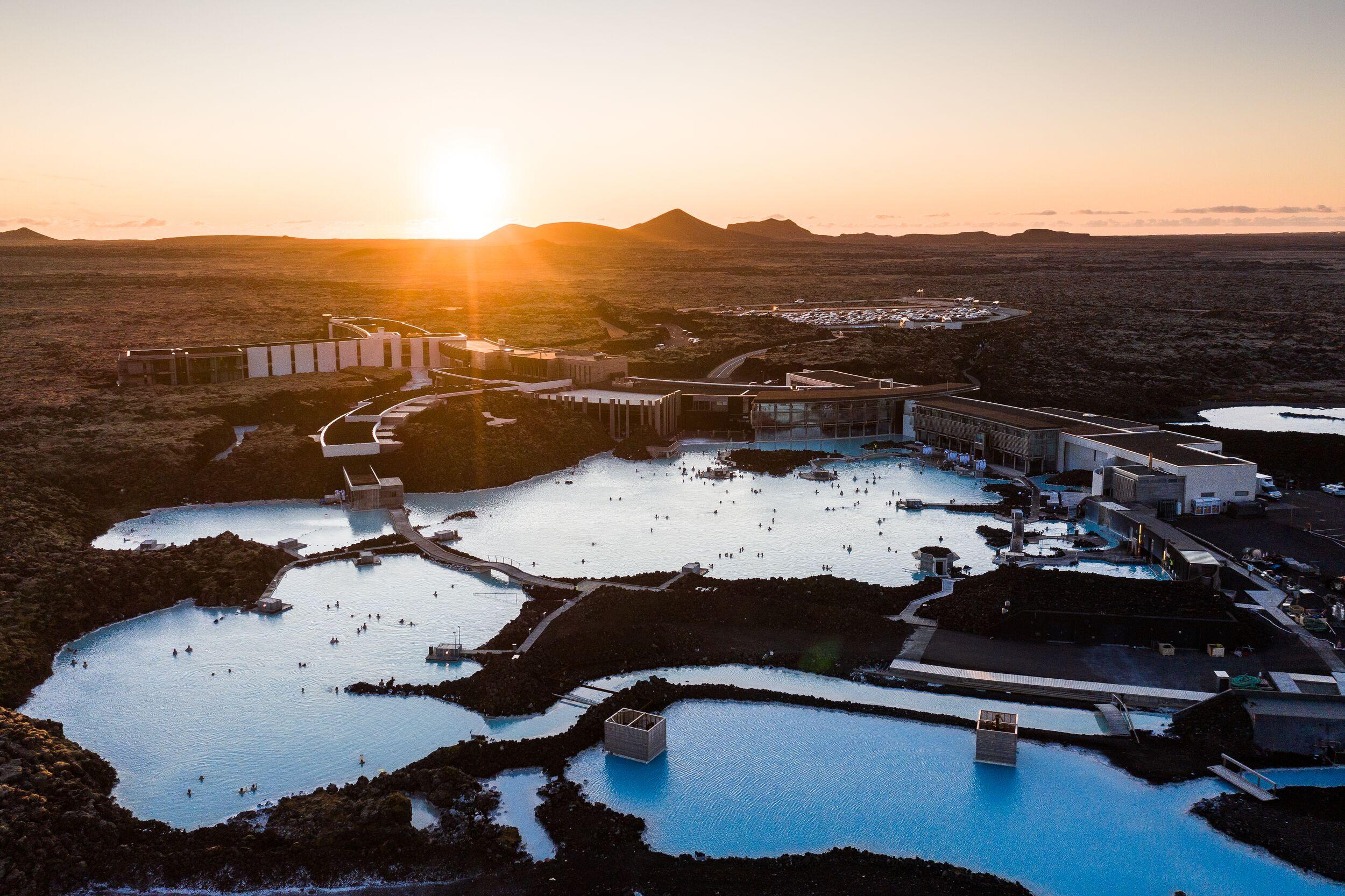
Volcanic Wonders with Grindavik Visit & the Blue Lagoon
Embark on a carbon-neutral journey through Iceland’s stunning volcanic landscapes. Enjoy a refreshing hike across a lava field, formed by recent eruptions, and then unwind with a soothing soak in the healing geothermal waters. This perfect combination of adventure and relaxation offers an unforgettable way to experience the raw power and serene beauty of Iceland’s natural wonders.
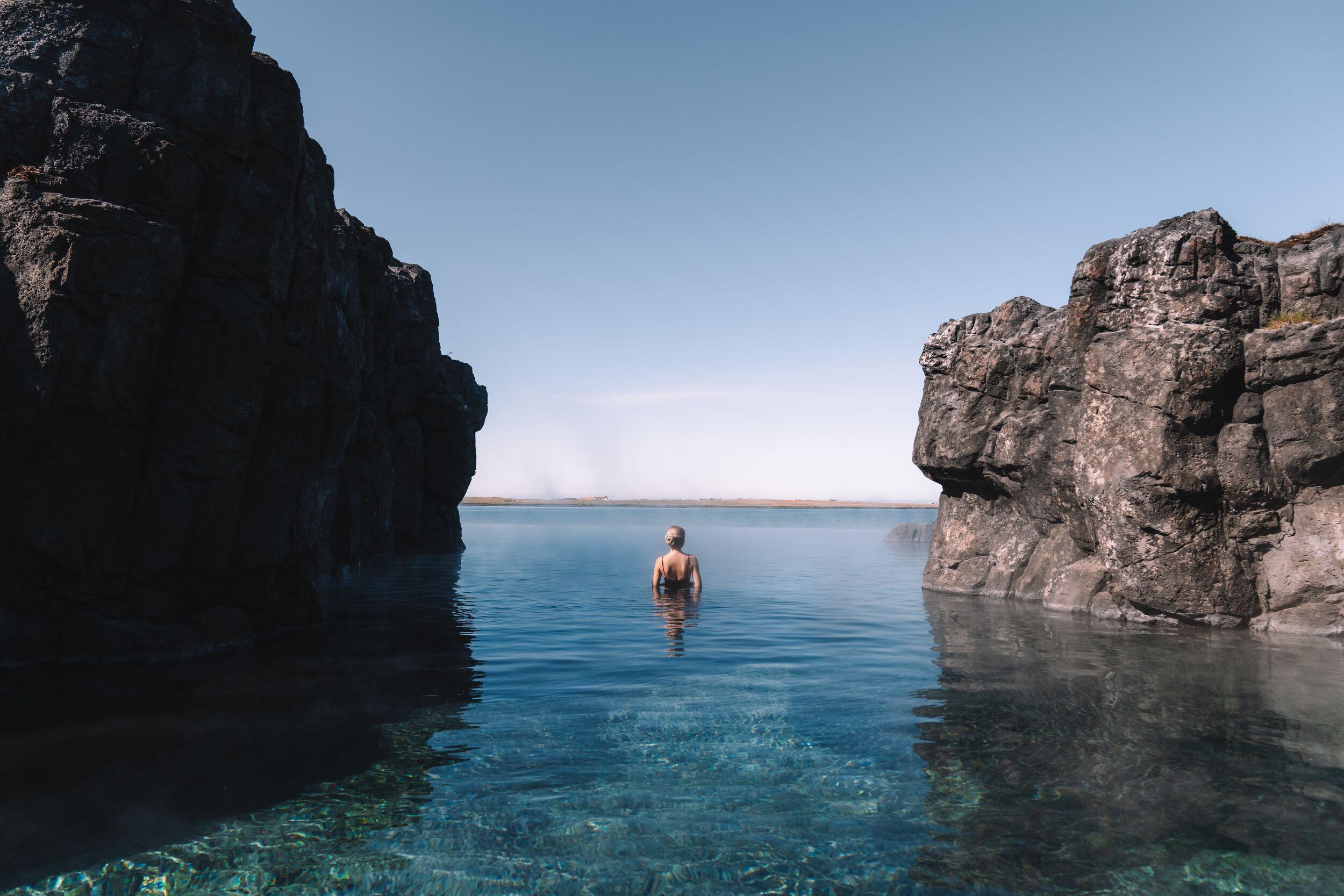
Volcanic Wonders with Grindavík Visit & the Sky Lagoon
Discover Iceland’s geothermal heart in the UNESCO-recognized Reykjanes Geopark, where continents meet and drift apart. Explore a vibrant geothermal area, hike to freshly-formed lava fields, and visit the resilient fishing village of Grindavík. This carbon-neutral journey ends with pure relaxation at Reykjavík’s Sky Lagoon, where you can soak in warm waters and unwind with a luxurious spa ritual.
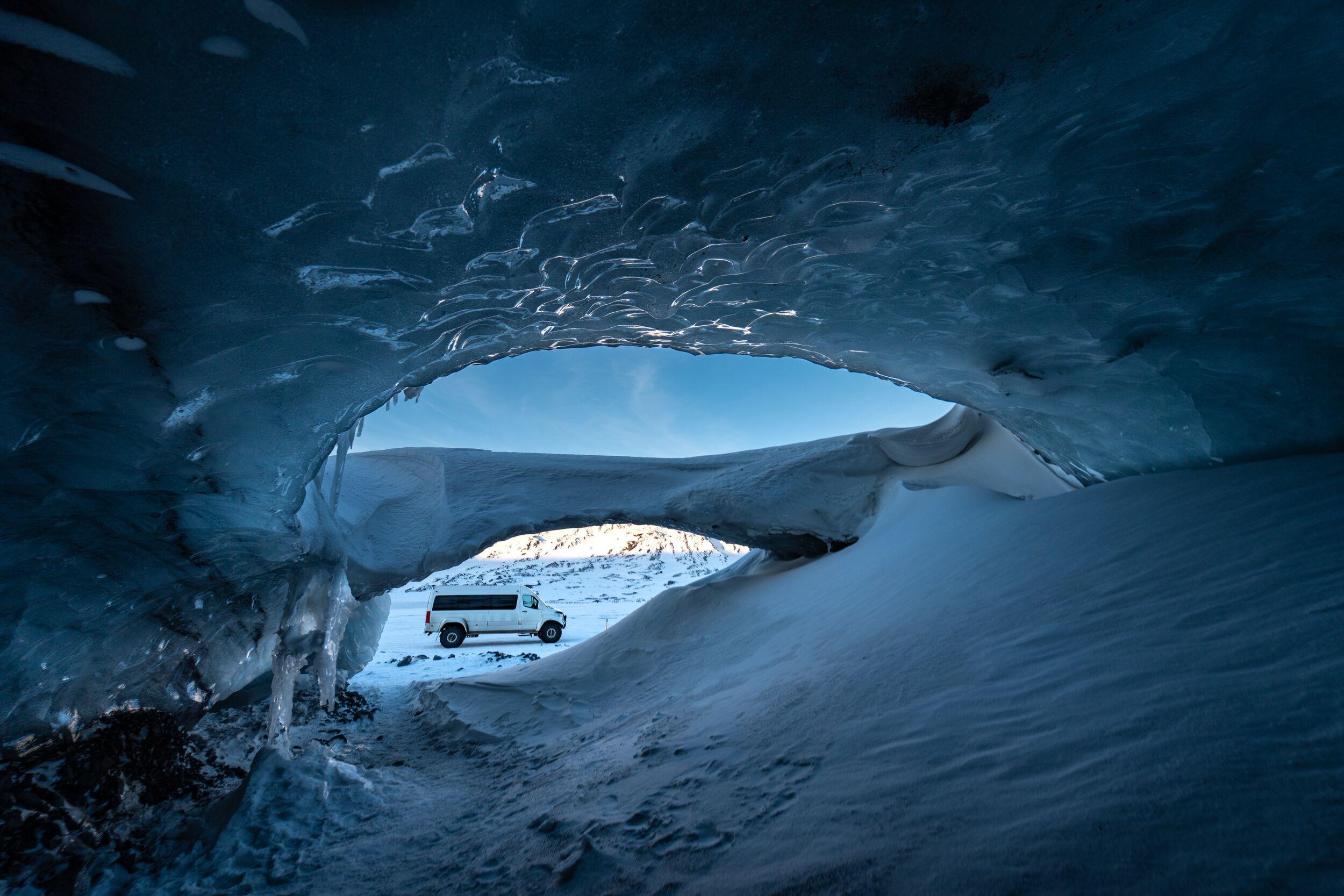
Askur Ice Cave in a Mountain Truck
Explore the mesmerizing world beneath the icy surface on our Mýrdalsjökull Ice Cave Tour
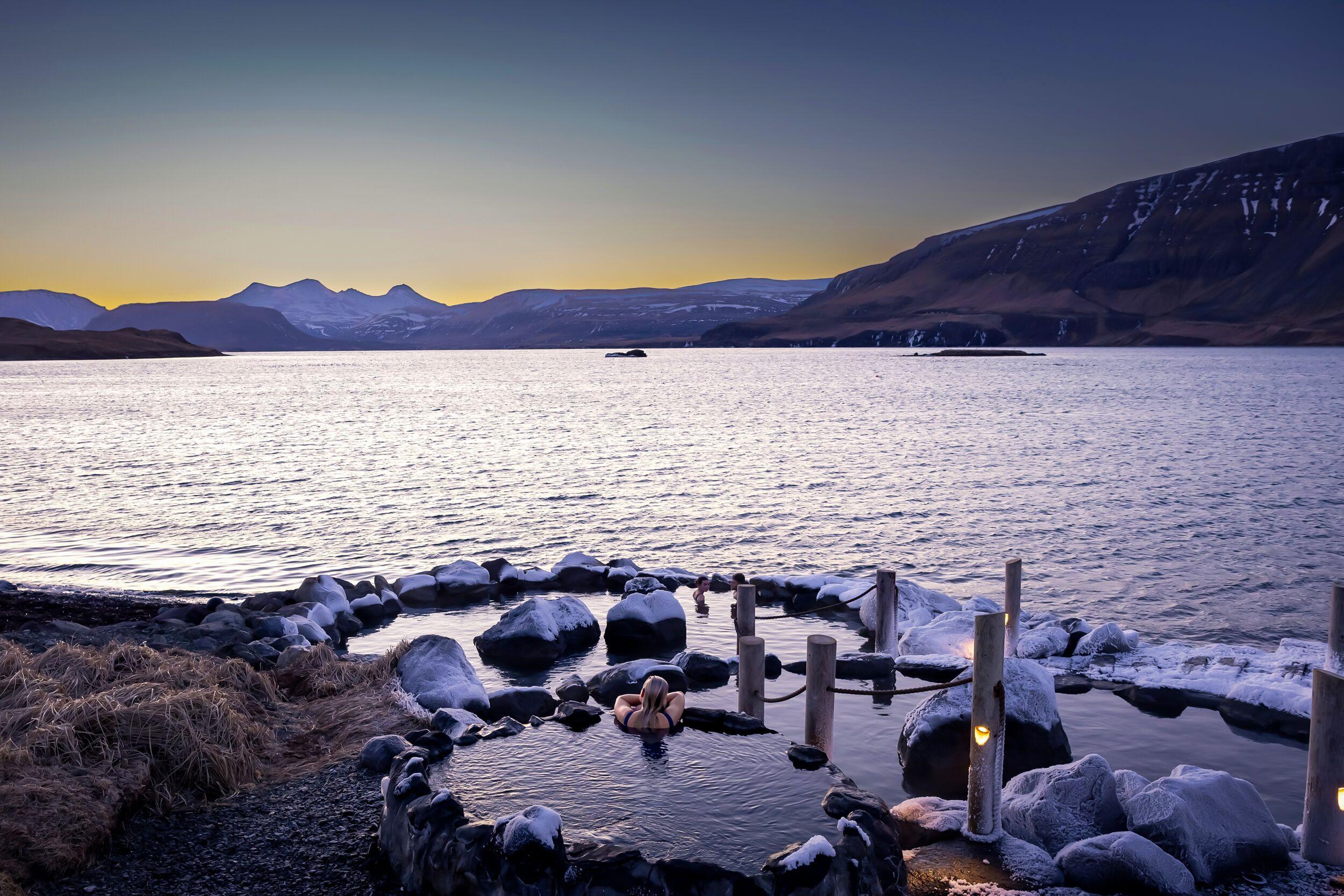
Volcanic Wonders with Grindavik Visit & the Hvammsvík Hot spring
Discover Iceland’s geothermal wonders in the UNESCO-recognized Reykjanes Geopark, a dramatic landscape where continents drift apart. This carbon-neutral journey takes you through vibrant geothermal fields, new lava fields, and the village of Grindavík, before concluding with a serene soak at Hvammsvík Hot Springs.



